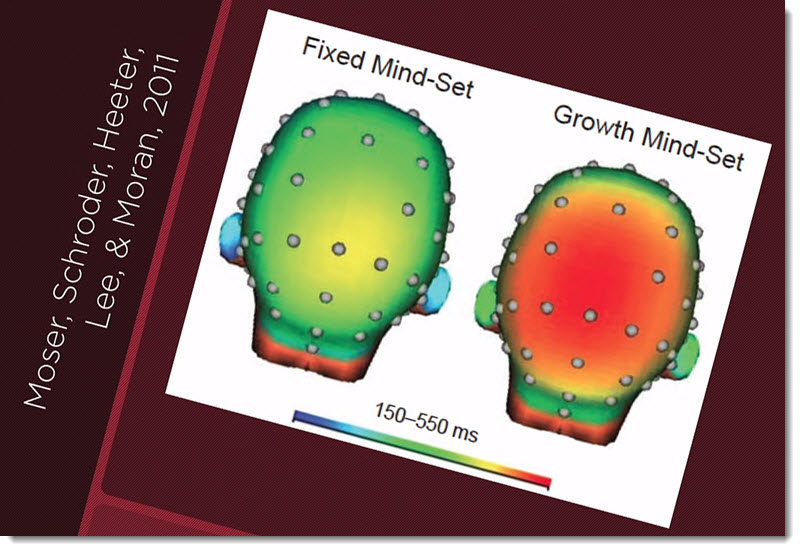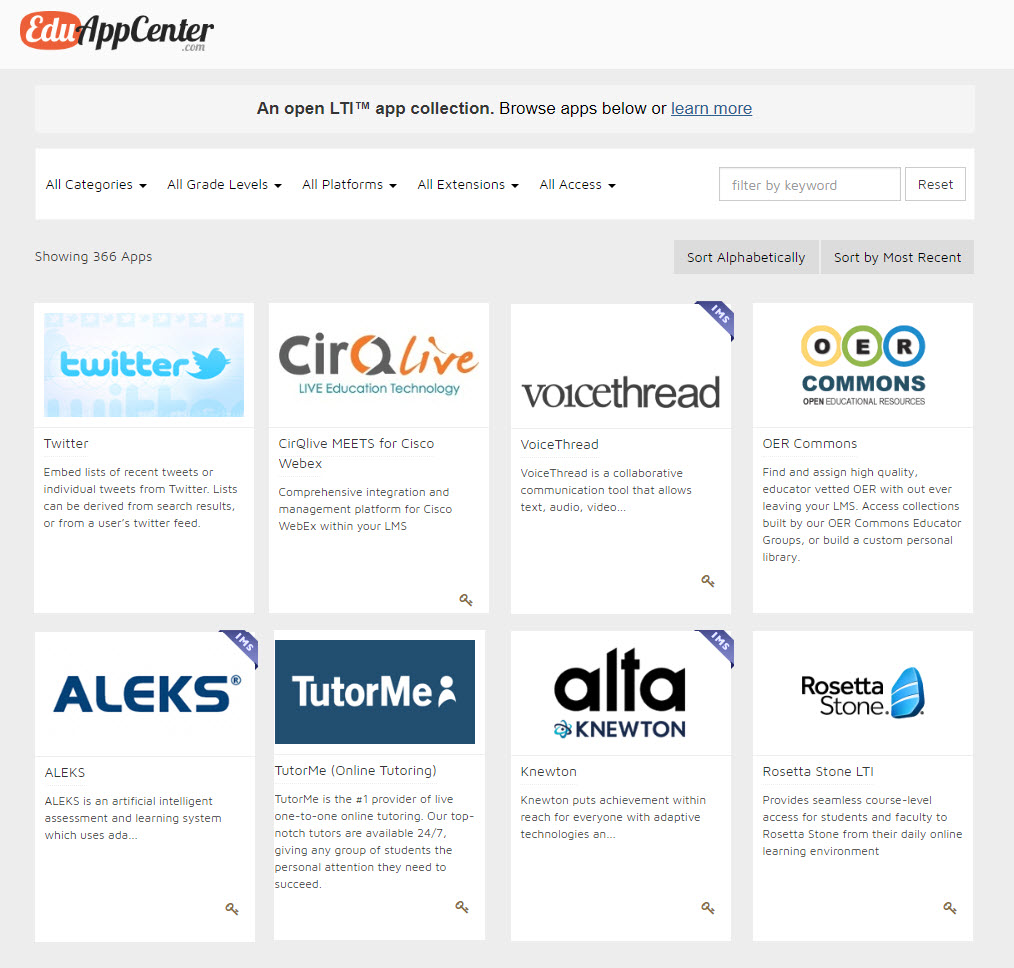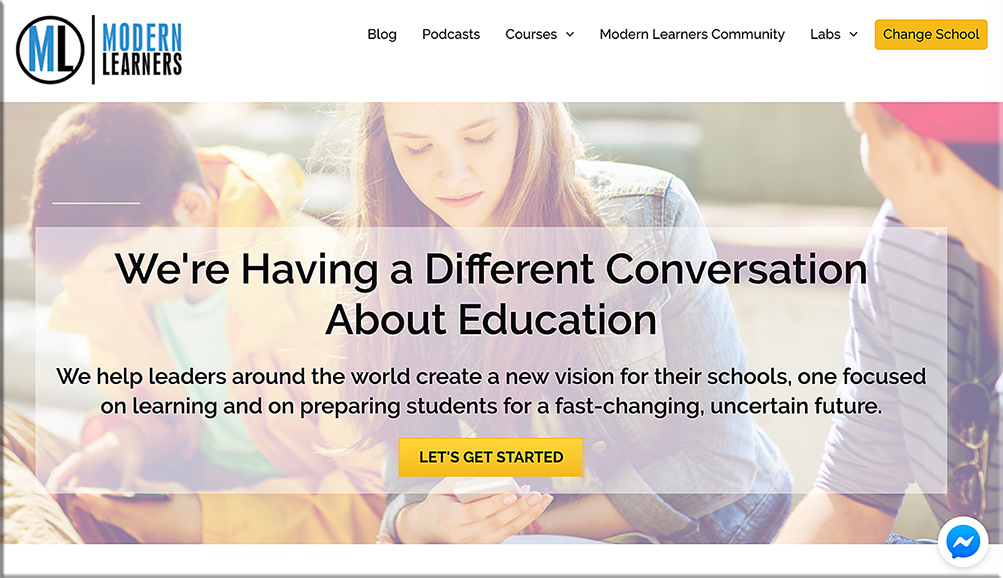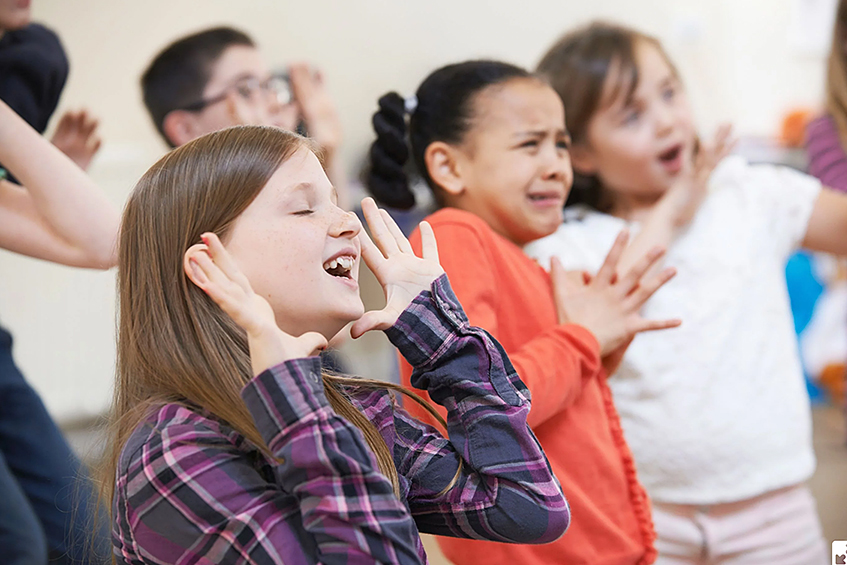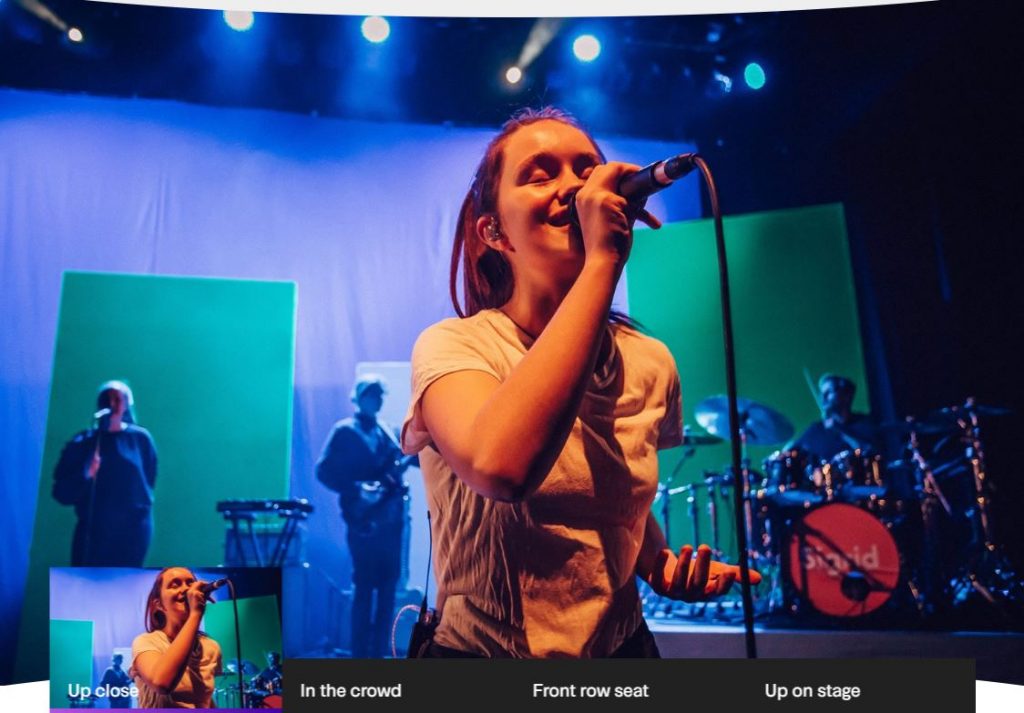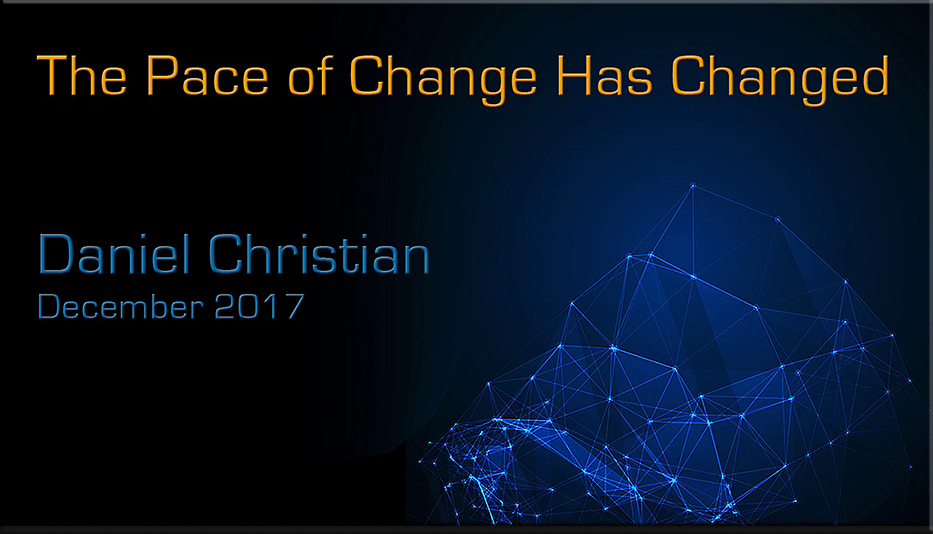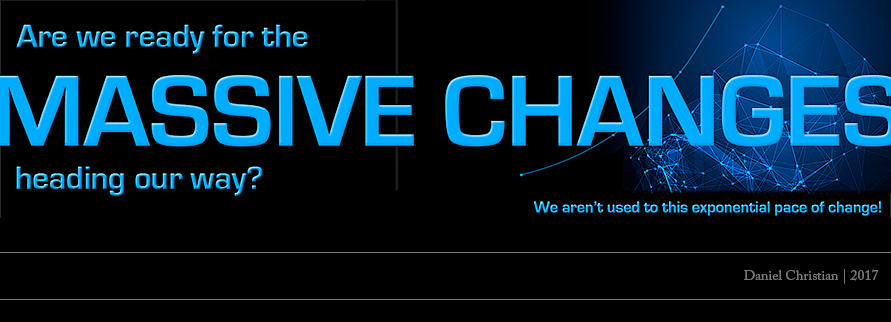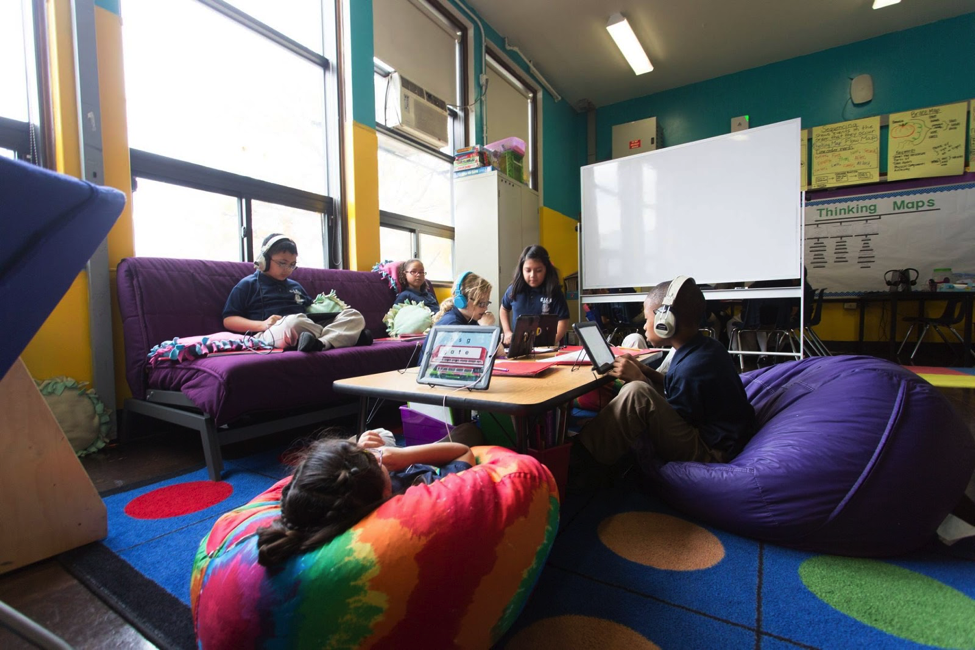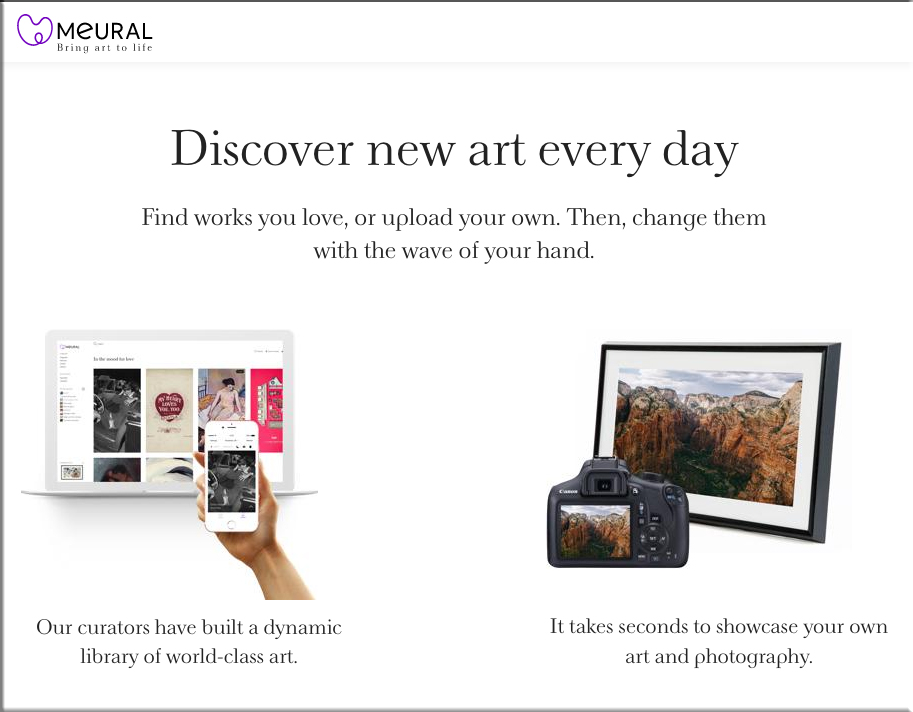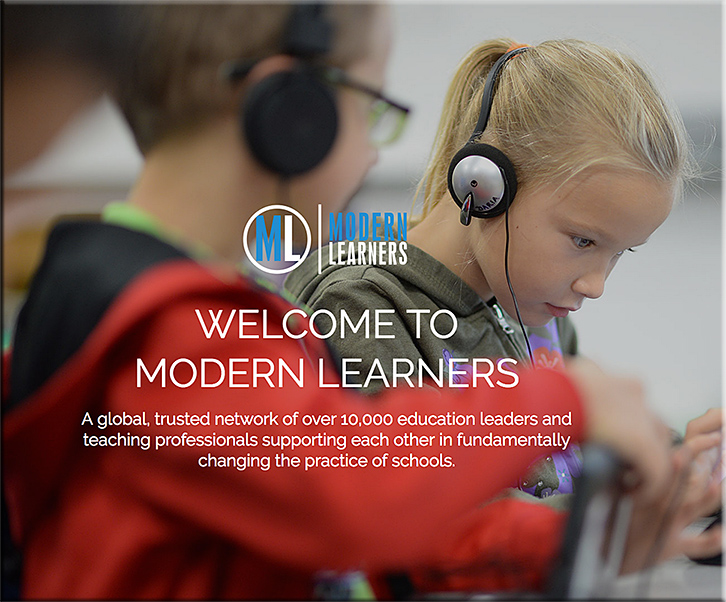The problem with hurrying childhood learning — from edweek.org by Justin Minkel
Excerpts:
When he lectured in the United States, Swiss psychologist Jean Piaget would invariably get what he called “the American question” from a member of the audience. After he had explained various developmental phases that young children go through in their understanding of concepts like length and volume, someone would raise their hand and ask, “How can we accelerate a child’s progress through the stages?”
Baffled, Piaget would explain that there is absolutely no advantage to speeding up a child’s progression. The point of knowing the stages is to be aware of what stage a child is in, so that we can create the conditions and offer the guidance to help her move to the next one. It’s not a race.
One of the most insidious results of the testing madness afflicting education has been an emphasis on speeding toward a particular outcome—a reading level, a cut score—without taking the time to ask what is sacrificed in that rush.
We need, of course, to pay attention to academic growth. It’s one thing for a child to be below grade-level or to be on a trajectory toward catching up over the next couple of years. It’s a fundamentally different situation when a child is virtually flat-lining in his progress, or is making such slow growth that if he continues at that rate, he won’t become a proficient reader in time to acquire the content and confidence he’ll need to thrive in school.
But I see too many kids who are hurried and harried toward the level they’re “supposed” to be on by the end of a given grading period, with too little attention given to the path they’re walking to get there. I see children begin to define themselves by test scores, grades, and how quickly they’re leapfrogging from one level to the next.
Here are two ways that teachers, parents, and administrators can take a deep breath and see past the timetables set by adults to the particular journeys of the children themselves.
But here’s the critical point about their progress: that growth is a positive side effect, not the end goal, of the block of time we call the “Wild Reading Rumpus.” The true purpose of that reading time is for my students to come to love reading, so that they will lead richer lives—not just in the future, when they go on to college or a career, but in the present.
When we celebrated their perseverance and hard work, I had children stand and be applauded not according to how high their score was, but according to how much growth they had made.
From DSC:
I just thought this was an excellent essay.
Too often K-12 education in the United States is like a run-away train. When the train’s leaving the station, you better hop on board. It waits for no one. Its speed is set. You better keep up. Good luck to those who don’t. “Best wishes!” our system cries out.









